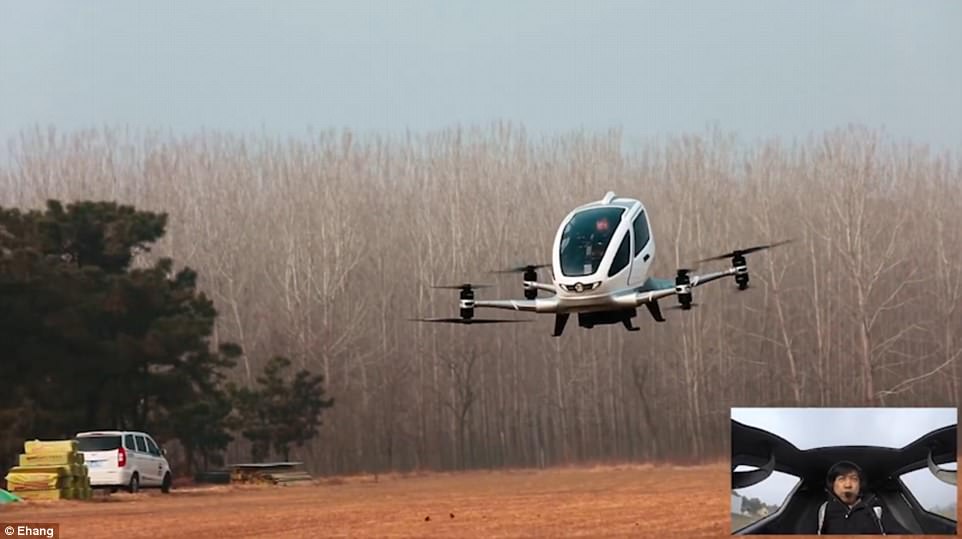Flying cars, it’s something that many kids dream about at some point.
Ten years ago, no sane individual actually would have tried to build a flying car, but things started to change when drones became a common concept. Suddenly people could see at first hand that the technology behind a drone was relatively simple (merely a battery, a few rotors and a flight computer) and that scaling this concept was not an insurmountable task.
And so visionaries started to dream, companies were founded, investments were made, and large teams of engineers tried to become the first company to develop a safe and affordable flying car. Famous examples are Lilium and the Volocopter 2X from Germany. Closer to home, PAL V, headquartered in the Netherlands, announced in February 2018 the production start of the first 90 ‘Liberty Pioneers’.
Recently I also came into contact with the Ehang 184, an autonomous multicopter made in Guangzhou, China. If you take a look at their company movie: what an immense contrast from their European competitors! Truth be told, I’ve become a bit of a fan of China, or at least the Chinese way of working. Not because of their dirt cheap gadgets, but because of their diligence and their austerity: they like to work hard and they don’t like to spend unnecessary money.
This Chinese way of working deeply affects how a development like flying cars is handled. In China, instead of lengthy preparations and bombastic plans, they get to work with one small step. After the first step, they take a second step. And then a third step. And so on and on. With every step, they upgrade the performance or increase the quality or they put their prototype through a more difficult test. After many steps, a safe and affordable product is born.
At Dot Robot, we believe in this way of working. Making prototypes, many and early on in the process. Making small design iterations instead of large revisions. Testing every time something meaningful changes, even if it means testing every day.
Of course, working on seemingly unambitious small steps is not sexy and neither bold. It also means that the first prototypes often have very limited functionality, which can be unsatisfactory to investors and customers. However, we consider this the best way to reach ambitious goals beyond the current state of art. Or to quote Confucius: “The man who moves a mountain begins by carrying away small stones.”

